Recovery has shifted from being reactive to proactive. At Sporting Clube de Goa, it’s treated as a key part of the overall training process, with Strength & Conditioning Coach Manish Malik guiding its integration into daily routines.
“Recovery is the baseline that supports consistent performance,” says Manish Malik, S&C Coach at Sporting Clube de Goa.
“Without it, training adaptations are compromised, and the risk of injury rises. At Sporting, we view recovery as a strategic tool that ensures our players bounce back physically and mentally while maintaining high performance week after week.”
Post-match care protocols
Recovery kicks in immediately after the final whistle. The process is carefully mapped to optimize hydration, nourishment, and muscular repair.
“Immediately after a game, players head into an ice bath session. This is followed by post-match bodyweight checkups, which help the staff prescribe individual water intake plans for better hydration. A quick protein recovery shake is administered, and within 30 to 60 minutes, players are provided a high-quality meal,” Manish explains.
Managing recovery after intense fixtures
Tournaments and high-intensity matches demand a more targeted approach. Sporting adopts a specific recovery timeline to handle the added strain.
“For high-intensity games or tournaments, we follow a structured MD+1 (one day post match day) to MD+2 (two days post match day) recovery timeline,” Manish explains. This includes upper body training routines, bodyweight mobility, isometric circuits, hydrotherapy (ice baths) and soft tissue sessions with masseurs when needed.
How the team aids recovery
“Our recovery ecosystem is a team effort,” says Manish. Physiotherapists focus on soft tissue care, injury risk screenings, and implementing manual therapy when required. The S&C team supports this with objective data on external and internal loads and wellness scores,” he says which together, help the team make informed recovery decisions tailored to each player.
Monitoring fatigue & overtraining
Staying ahead of fatigue is critical in elite sport. At Sporting, data-driven systems and open communication help prevent overtraining.
Sporting uses both subjective and objective metrics like RPE (Rate of Perceived Exertion), wellness questionnaires, GPS data, HRV (Heart Rate Variability), and RHR (Resting Heart Rate).
“Players also have regular check-ins where they’re encouraged to communicate openly about soreness, stress, or lack of motivation to catch red flags early,” adds Manish.
Integrated recovery techniques
Recovery isn’t restricted to post-match routines. It’s embedded into Sporting’s weekly routine.
The following techniques are incorporated:
- Foam rolling and mobility blocks pre and post-training
- Isometric holds to aid neuromuscular recovery
- Active recovery sessions with low-load circuits or pool work
- Ice baths after intense matchdays
Match days vs. training days
Recovery intensity varies depending on the context. The club adjusts its approach based on whether it’s a game day or a regular session.
“Match days demand higher recovery intensity,” says Manish. The team monitors cold therapy, massages, nutrition, meal timings, and hydration closely.
“On training days, recovery is integrated into warm-ups and cooldowns. We also top up with electrolytes during training and ensure 150–250 ml is sipped every 15–20 mins. Also supplementation plays a crucial role to provide that edge of recovery between short span of days during competition period,” Manish further adds
Recovery as a long-term advantage
In the long run, recovery does play an important role in supporting long-term development and injury prevention.
“Long-term success in football isn’t just about talent, it’s about availability,” Manish notes.
“Recovery plays a vital role in keeping players on the pitch, allowing them to accumulate meaningful training and match exposure over time. A well-recovered athlete is less prone to soft tissue injuries, more mentally resilient, and can consistently perform at a high level, which is the ultimate goal of any development system. I believe that training gets you fit, but recovery keeps you in the game and in elite sport, that’s what makes all the difference,” he concludes.


